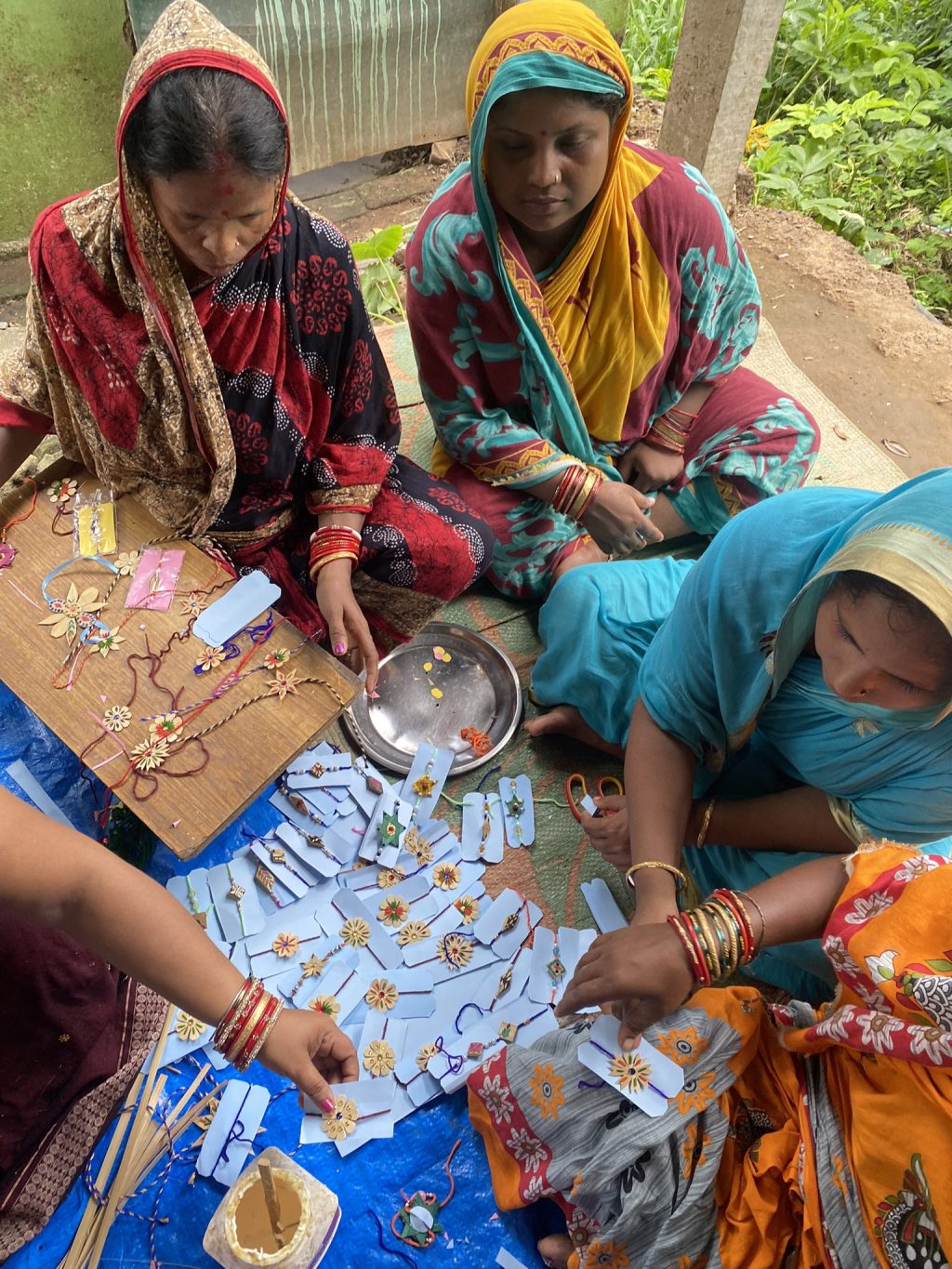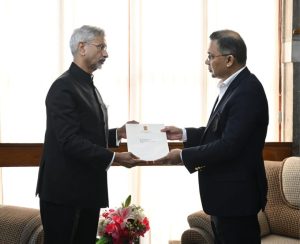Women’s land rights key to effective empowerment

Members of women-led DHGs in Odisha
By Pradeep Kumar Panda
Bhubaneswar, September 2: Secure and equitable land rights of women form some of the key indicators of the post-2015 Sustainable Development Goals (SDGs), including 5.a.1 on the proportion of total agricultural population with ownership or secure rights over agricultural land.
This indicators is considered to have a potentially transformational role in the achievement of four of the 17 SDGs, including ending poverty (Goal 1), ensuring food security (Goal 2), achieving gender equality and empowering women (Goal 5), and making cities and human settlements inclusive (Goal 11). Gender equality is one of the ten core principles for implementation listed in Food and Agriculture Organisation’s Voluntary Guidelines on the Responsible Governance of Tenure of Land, Fisheries and Forests in the Context of National Food Security.
Secure land rights of women have demonstrated enhanced agricultural productivity and building resilience among the small and marginal farmers, who constitute 75 per cent of the farming community.
The Constitution of India provides equal rights to both men and women. Women’s access to land is largely through inheritance and inheritance is governed by customs, which varies across regions and States. There are various property rights regimes prevailing and the succession Acts of various religious laws, which determines women right to property and inheritance. Hindu Succession Act (Amendment), 2005, which applies to a majority of the country’s area and population, has expanded the space for enhanced women’s land rights. The fifth and sixth Scheduled areas have different customary tribal laws on women property rights and inheritance, which also varies, with specific indigenous community laws.
Over the last few years, both central and state governments have made many progressive reforms to realize the goal of secure and equitable land tenure for all. Among them, the 2005 amendment to Hindu Succession Act, 1956 (making daughters as coparceners) and implementation of Forest Rights Act (FRA), 2006 (provisions of mandatory joint titling) are making significant contribution. A 1985 policy directed states to give joint titles to husband and wife in transfer of assets like land and house sites through Government programmes. Of late, prioritized allocation of rights to land distributed under the land grant programs, whether jointly or in the name of women, has begun to reflect an increasing share of land for women, at least in the form of joint ownership of homestead lands. Reduction of stamp duty, for the lands registered in the name of women, has encouraged women’s property ownership rights in some states like Himachal Pradesh, Uttar Pradesh, Madhya Pradesh, Haryana and Delhi.
In India, almost a third of cultivators are woman, but they own less than 10.34 per cent of land, operating 12.8 per cent of holdings, as per Agriculture Census, 2010-11, while 75 per cent of female workforce, largely marginal or landless, depends on agriculture for survival. The average size of women’s land holding is 0.93 ha, in comparison to 1.18 ha for male and 1.15 ha for all. The regional disparity with regards to women’s land rights was evident with the states in the southern region showing comparatively more number and area of land holdings operated by women while the situation in Northern and Eastern region states are demonstrating a poorer picture. In the last decade (2001-11), number (36.12 percentage) and area (23.45 percentage) of women’s holdings have increased, at a pace, higher than their population growth.
Under Target 5a of SDGs, which addresses the rights of women to economic resources and access to ownership of land, indicators are 1(a) Proportion of total agricultural population with ownership or secure rights over agricultural land, by sex; and 1 (b) share of women among owners or rights-bearers of agricultural land, type of tenure. This monitoring require availability of periodic and reliable gender disaggregated data across administrative layers on ‘agricultural land’ (includes land used for farming, livestock and forestry activities) and ‘agricultural population’ (people living out of farming, livestock and forestry, with land rights or without).
SDG indicator development and tracking has so far been limited to international agencies and country level practical actions are yet to begin. The availability of such potential data sources provides India, a strategic advantage to advance the monitoring around the SDG indicator on women’s land rights. The situation can also be leveraged to monitor and report women land rights indicators at state and sub-state level, providing opportunities for comparative appreciation and competition among land-administration units and departments, leading to better governance.






